Home>Garden Essentials>What Fruits Have Seeds On The Outside
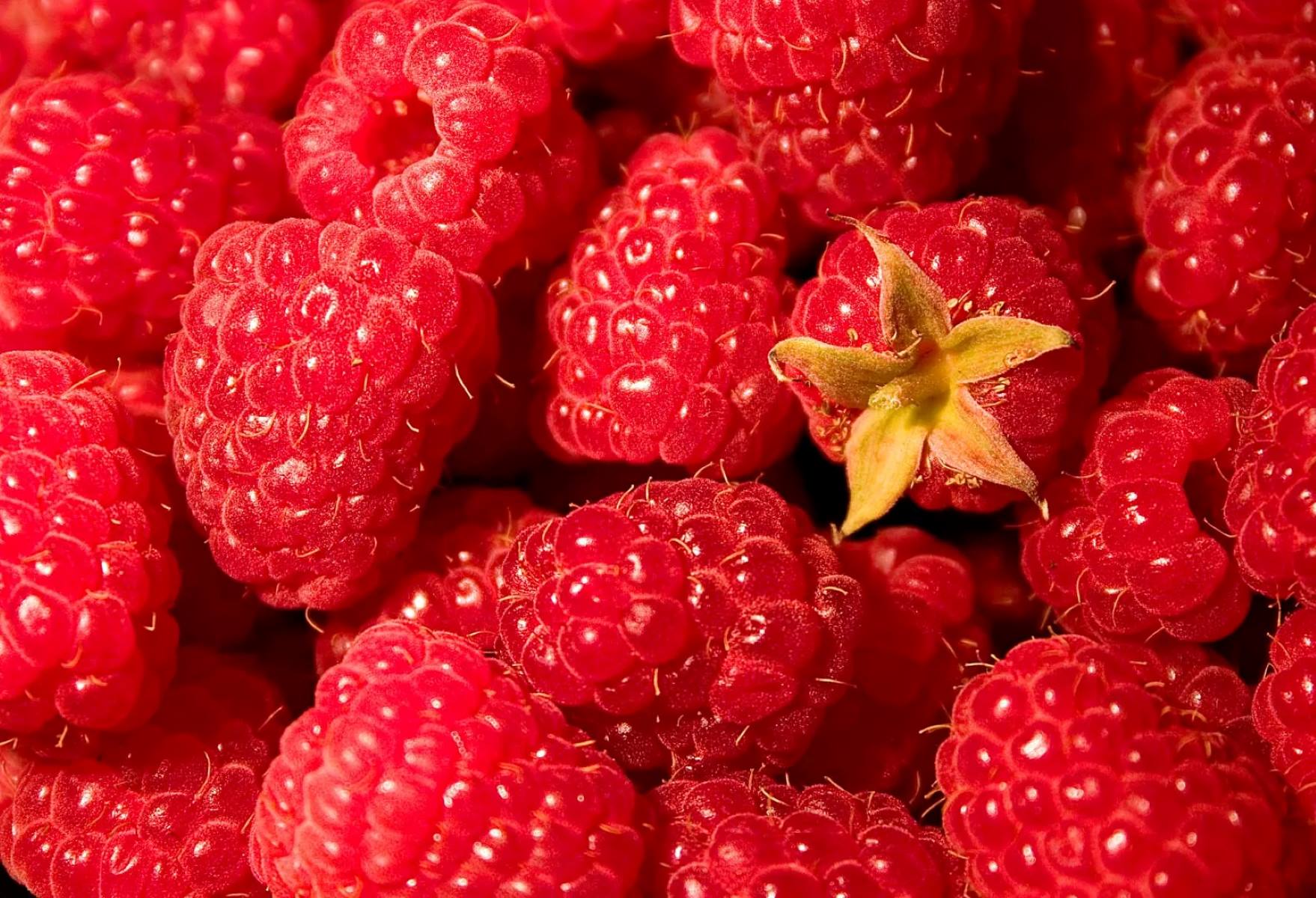

Garden Essentials
What Fruits Have Seeds On The Outside
Modified: March 24, 2024
Discover which fruits have seeds on the outside and how to grow them in your garden. Explore a variety of options to add freshness and flavor to your meals.
(Many of the links in this article redirect to a specific reviewed product. Your purchase of these products through affiliate links helps to generate commission for Storables.com, at no extra cost. Learn more)
Introduction
When we think of fruits, we often imagine a juicy, pulpy interior surrounded by a thick skin or rind. However, there are some fruits that break this norm and feature their seeds on the outside. These unique fruits not only offer a delightful taste but also provide visual interest and textural contrast. Whether you’re a fruit enthusiast or just curious about nature’s wonders, exploring these fruits with seeds on the outside can be a fascinating experience.
In this article, we will take a closer look at some commonly known fruits that offer this intriguing characteristic. From the familiar strawberries to the exotic passion fruits, each of these fruits has its own distinctive qualities and benefits. So, let’s dive in and discover the exciting world of fruits with seeds on the outside!
Key Takeaways:
- Discover the unique world of fruits with seeds on the outside, from the familiar strawberries to the exotic passionfruits. Each fruit offers a delightful taste, texture, and health benefits, making them a joy to explore and savor.
- Whether it’s the satisfying crunch of strawberry seeds or the tropical sweetness of passionfruit, fruits with seeds on the outside bring a burst of flavor and visual appeal. Embrace their uniqueness, enjoy their flavors, and reap the nutritional benefits they have to offer.
Read more: What Fruit Does Not Have Seeds
Fruits with Seeds on the Outside
1. Strawberries: The classic summer fruit, strawberries are beloved for their vibrant red color, sweet taste, and delightful aroma. But did you know that the tiny seeds that dot the surface of a strawberry are actually the fruit’s true seeds? These seeds give the strawberry its characteristic texture and add a slight crunch to each bite. Whether enjoyed fresh, added to salads, or used in various dessert recipes, strawberries are a versatile and irresistible treat.
2. Raspberries: With their bright red color and delicate flavor, raspberries are a popular choice among fruit enthusiasts. Like strawberries, raspberries have their seeds on the outside. Each raspberry is actually made up of many small drupelets, each containing a tiny seed. The texture of raspberries is a perfect combination of softness and slight crunchiness. They are delicious when eaten on their own, added to yogurt, or used in jams and jellies.
3. Blackberries: Another member of the berry family, blackberries also feature seeds on the exterior. These deep purple or black berries have a rich sweetness combined with a slightly tangy flavor. The seeds provide a pleasant crunch when you bite into them. Blackberries are not only delicious but also packed with antioxidants and essential nutrients, making them a healthy addition to your diet.
4. Kiwifruits: Known for their vibrant green flesh and unique texture, kiwifruits are a tropical delight. Although not technically classified as berries, kiwifruits have small edible seeds spread throughout their juicy interior. These seeds complement the sweet and tart flavors of the fruit, adding a subtle nuttiness. Kiwifruits are not only delicious but also packed with vitamin C, fiber, and other beneficial nutrients.
5. Mulberries: Mulberries are lesser-known but highly nutritious fruits that come in various colors, including red, black, and white. These small berries have a sweet and slightly tart flavor. The seeds of mulberries are slightly larger and more noticeable compared to other fruits with exterior seeds. Mulberries are a great addition to smoothies, baked goods, or enjoyed on their own as a healthy snack.
6. Pomegranates: Pomegranates are known for their juicy, ruby-red arils that burst with a sweet and tangy flavor. Each aril contains a small, crunchy seed within. Pomegranate seeds provide a delightful textural contrast to the succulent arils, making them enjoyable to eat. Packed with antioxidants, vitamins, and minerals, pomegranates are not only delicious but also offer numerous health benefits.
7. Passionfruit: Exotic and visually stunning, passionfruit is a tropical fruit with a distinctive flavor. The seeds of the passionfruit are housed inside a gelatinous sac, giving the fruit a unique texture. The seeds themselves are crunchy and add a delightful pop to each bite. Passionfruit is commonly used in desserts, sauces, and beverages, adding a tangy and tropical twist to any recipe.
8. Guavas: Guavas are tropical fruits with a fragrant aroma and a sweet, slightly tart flavor. These fruits have multiple small seeds that are embedded within the soft, juicy flesh. While the seeds are not prominent, they contribute to the overall texture of the fruit. Guavas are delicious when eaten fresh, used in jams, or blended into smoothies.
Strawberries
Strawberries are undoubtedly one of the most popular fruits around the world. These vibrant red berries have a sweet and slightly tangy flavor that is irresistible to many. What makes strawberries unique is that their seeds are on the outside, adorning the surface of the fruit.
The tiny seeds dotting the surface of a strawberry are called achenes. Each achene is actually a seed, surrounded by a fleshy part called the receptacle. This arrangement gives strawberries their characteristic appearance and texture.
When you take a bite into a strawberry, you can feel the soft flesh giving way to the crunchy texture of the seeds. This combination of juicy pulp and crunchy seeds provides a delightful textural experience with every bite.
Strawberries are not only delicious but also incredibly nutritious. They are rich in antioxidants, which help protect the body against free radicals, reducing the risk of chronic diseases. Strawberries are also an excellent source of vitamin C, manganese, and dietary fiber.
These berries can be enjoyed in various ways. You can savor them fresh on their own, or pair them with whipped cream or chocolate for a luscious treat. Strawberries can also be incorporated into salads, smoothies, or used as a topping for pancakes, waffles, and desserts.
One popular way to enjoy strawberries is by making strawberry jam. By boiling down the strawberries with sugar, you can create a sweet and tangy spread that can be enjoyed on toast, biscuits, or used as a filling for pastries.
Whether you go strawberry picking at a farm or find them at your local grocery store, strawberries are a versatile and delightful fruit that brings a burst of flavor to any dish.
Raspberries
Raspberries are delicate and vibrant berries that offer a burst of color and flavor. Like strawberries, raspberries have their seeds on the outside, making them unique in the world of fruits.
Raspberries are composed of many small drupelets, and each drupelet contains a tiny seed. These seeds give raspberries their slightly crunchy texture and contribute to their signature tartness. When you bite into a raspberry, you can feel the gentle pop of the seeds against your tongue, enhancing the overall sensory experience.
These berries come in various colors, ranging from red to black, and even golden yellow. Each color offers a slightly different flavor profile, ranging from sweet to tangy. Raspberries are known for their delicate balance of sweetness and tartness, making them a favorite among fruit enthusiasts.
In addition to their delicious taste, raspberries are packed with essential nutrients. They are a rich source of antioxidants, including vitamin C and various phenolic compounds, which help protect the body against oxidative stress and support overall well-being. Raspberries are also high in dietary fiber, aiding digestion and contributing to a healthy gut.
Raspberries can be enjoyed in a variety of ways. They are delightful when eaten fresh as a healthy snack or incorporated into salads for a burst of vibrant color. These berries can also be used in baked goods like pies, tarts, and muffins, adding a touch of sweetness and a pop of flavor.
For those who enjoy preserving the harvest, raspberries are ideal for making homemade jams, jellies, and preserves. By combining raspberries with sugar and a touch of lemon juice, you can create a luscious spread that can be enjoyed throughout the year.
Whether enjoyed as a refreshing snack, added to your morning cereal, or used in various culinary creations, raspberries are a delightful fruit that brings a touch of sweetness and a hint of tartness to any dish.
Blackberries
Blackberries are luscious and juicy fruits that offer a sweet and slightly tart flavor. These berries stand out not only for their delicious taste but also for their unique characteristic of having seeds on the outside.
Similar to raspberries, blackberries are composed of numerous small drupelets, each containing a seed. The seeds of blackberries are slightly larger and more noticeable compared to other fruits with exterior seeds. When you bite into a blackberry, you can feel the soft flesh giving way to the slight crunchiness of the seeds, adding an interesting texture to each mouthful.
These deep purple or black berries are not only delectable but also packed with beneficial nutrients. Blackberries are a rich source of antioxidants, including vitamins C and E, which help protect the body against free radicals and support overall health. They also contain dietary fiber, which aids in digestion and promotes a healthy gut.
Blackberries can be enjoyed in a variety of ways. They are delicious when eaten fresh, providing a burst of juicy sweetness. You can add them to your morning cereal or yogurt for a nutritious and flavorful twist. Blackberries are also a fantastic addition to salads, adding a pop of color and a hint of tartness.
If you prefer a more decadent treat, blackberries can be used in desserts like pies, crumbles, and cobblers. The natural sweetness of the berries pairs wonderfully with buttery crusts and sweet toppings, creating a delightful dessert experience.
For those who enjoy homemade preserves and spreads, blackberries can be transformed into delicious jams and jellies. By simmering the berries with sugar and a touch of lemon juice, you can create a rich and flavorful spread that can be enjoyed throughout the year.
Whether eaten on their own, added to other dishes, or incorporated into mouthwatering desserts, blackberries are a versatile and delicious fruit that brings a burst of flavor and texture to your culinary creations.
Read more: What Fruits Have Seeds In Them
Kiwifruits
Kiwifruits, with their vibrant green flesh and unique texture, are a tropical delight that stands out among other fruits. While kiwifruits are not technically classified as berries, they do have small edible seeds spread throughout their juicy interior, making them fascinating additions to the list of fruits with seeds on the outside.
The seeds in kiwifruits are tiny and add a subtle crunch to the overall eating experience. They are surrounded by the soft, juicy flesh that gives kiwifruits their distinctive texture. The combination of the sweet and tangy flavors of the fruit with the slight crunch of the seeds creates a delightful taste sensation.
In addition to their unique texture and flavor, kiwifruits are also incredibly nutritious. They are rich in vitamin C, with just one medium kiwifruit containing more than the daily recommended intake of this essential vitamin. Kiwifruits are also a good source of dietary fiber, potassium, and antioxidants. They offer numerous health benefits, including boosting the immune system, promoting cardiovascular health, and aiding digestion.
Kiwifruits can be enjoyed in a variety of ways. The most common method is to cut the fruit in half and scoop out the flesh with a spoon. Alternatively, you can peel and slice kiwifruits to use in salads, smoothies, or as a topping for yogurt or ice cream. The vibrant green color adds visual appeal to any dish, making them a favorite among food enthusiasts.
For an extra special treat, try grilling or roasting kiwifruits. This brings out their natural sweetness and adds a caramelized flavor, making them a delicious addition to both sweet and savory dishes. Kiwifruits can also be used in baking, adding a unique twist to cakes, tarts, and breads.
With their refreshing taste, unique texture, and impressive nutritional profile, kiwifruits are a fantastic choice for those looking to expand their fruit selection and explore the fascinating world of fruits with seeds on the outside.
Strawberries, raspberries, and blackberries are examples of fruits with seeds on the outside. These fruits are also known as aggregate fruits.
Mulberries
Mulberries are lesser-known but highly nutritious fruits that offer a unique twist to the concept of fruits with seeds on the outside. These small berries come in various colors, including red, black, and white, and each one features seeds that are slightly larger and more noticeable compared to other fruits in this category.
When you bite into a mulberry, you’ll be able to feel the soft and juicy flesh, along with the slight crunchiness of the seeds. The seeds inside mulberries add a delightful texture and contribute to their overall flavor profile.
Not only are mulberries delicious, but they also boast an impressive nutritional profile. They are a rich source of antioxidants, including vitamin C and various phenolic compounds, which help combat oxidative stress and promote overall health. Mulberries are also high in dietary fiber, which aids in digestion and promotes a healthy gut.
Mulberries can be enjoyed in several ways. They can be eaten fresh as a healthy snack, providing a burst of sweetness. You can also incorporate mulberries into your favorite smoothies or use them as a topping for yogurt or cereal, adding a touch of natural sweetness and a hint of crunch.
If you enjoy baking, mulberries can be used in a variety of recipes, such as muffins, cakes, and pies. Their juicy texture and slightly tart flavor make them a perfect addition to many baked goods, adding both taste and visual appeal.
For those who enjoy homemade preserves and sauces, mulberries can be transformed into delightful jams, jellies, or syrups. By cooking the berries down with sugar and a splash of lemon juice, you can create a flavorful spread or topping to enjoy year-round.
Whether enjoyed fresh, added to recipes, or transformed into delicious preserves, mulberries offer a unique and delightful experience. The combination of their distinct texture, juicy flavor, and impressive nutritional benefits make them a fantastic addition to any fruit lover’s repertoire.
Pomegranates
Pomegranates are known for their striking appearance and unique flavor. These jewel-like fruits feature a plethora of juicy arils, each containing a small, crunchy seed within. It is this characteristic that earns them a place among fruits with seeds on the outside.
When you bite into a pomegranate aril, you’ll experience a burst of sweet and tangy juice, which is perfectly complemented by the subtle crunch of the seeds. The seeds provide a delightful textural contrast, enhancing the overall enjoyment of consuming this exceptional fruit.
In addition to their delectable taste, pomegranates offer an array of health benefits. They are rich in antioxidants, including polyphenols and flavonoids, which help protect the body against oxidative stress and inflammation. Pomegranates are also a good source of vitamins C and K, as well as fiber, and have been associated with various health benefits, such as supporting heart health and improving digestion.
Pomegranates can be enjoyed in different ways. One of the most popular methods is to eat the arils fresh, either on their own or mixed into salads or yogurt for added texture and flavor. You can also extract the juice from the arils and enjoy it as a refreshing drink or use it as a base for smoothies and cocktails.
Aside from the arils, pomegranate seeds can be used in a range of culinary creations. They make a delightful addition to salads, adding a burst of color and a satisfying crunch. Pomegranate seeds can also be incorporated into various sweet and savory dishes, from grain bowls and roasted vegetables to desserts like cakes, tarts, and even ice cream.
If you enjoy experimenting in the kitchen, you can explore the world of pomegranate molasses. By reducing pomegranate juice into a thick syrup, you can create a unique ingredient that adds a tangy sweetness to dressings, marinades, and savory sauces.
Overall, pomegranates are not only visually stunning but also offer a delightful combination of flavors and textures. So, embrace their uniqueness and incorporate them into your culinary adventures to experience the beauty and benefits of this remarkable fruit.
Passionfruit
Passionfruit is an exotic and visually stunning fruit that is also a member of the fruits with seeds on the outside category. The seeds of the passionfruit are housed inside a gelatinous sac, giving the fruit a unique texture and appearance.
When you cut into a passionfruit, you’ll discover the vibrant pulp filled with numerous small black seeds. These seeds contribute to the overall texture and create a delightful “pop” when you bite into them. The combination of the tangy and tropical-flavored pulp with the crunchiness of the seeds makes for an exciting eating experience.
In addition to their unique texture, passionfruits are highly aromatic and have a distinct flavor. The pulp is sweet and tart, offering a tantalizing balance that is beloved by many fruit enthusiasts. The complexity of flavors creates a delightful taste sensation that is hard to resist.
Passionfruits are not only delicious but also offer various health benefits. They are a rich source of vitamin C, which boosts the immune system and promotes skin health. Passionfruits also contain dietary fiber, aiding in digestion, and are a good source of antioxidants, which help protect against oxidative stress and inflammation.
Passionfruits can be enjoyed in a range of ways. One of the most common methods is to scoop out the pulp and eat it directly from the fruit. The distinctive taste and texture make it a refreshing and satisfying snack on its own.
You can also add passionfruit to fruit salads, smoothies, or yogurt for an extra burst of flavor. The tangy and tropical essence of the fruit adds a delightful twist to any dish.
If you want to get more creative, passionfruit can be used in various culinary creations. It can be used to make sauces, dressings, and marinades, providing a unique and tropical flair. Passionfruit can also be incorporated into desserts like cakes, tarts, and mousses, lending its distinctive flavor to create a memorable treat.
Whether enjoyed fresh and raw or incorporated into different recipes, passionfruit is a treasure of flavor and texture that brings a touch of tropical paradise to your culinary adventures.
Read more: What Fruit Has Its Seeds On The Outside
Guavas
Guavas are tropical fruits with a fragrant aroma and a unique taste. These fruits also belong to the category of fruits with seeds on the outside, although the seeds themselves are not as prominent as in some other fruits.
When you slice open a guava, you’ll notice multiple small seeds distributed throughout the soft, juicy flesh. While the seeds are not the main focus of the fruit, they contribute to the overall texture, adding a slight crunch when you bite into them.
The taste of guavas is often described as sweet and slightly tart, with a flavor that can be reminiscent of a combination of pear, strawberry, and citrus. The unique combination of flavors, along with the refreshing juiciness of the fruit, makes guavas a beloved tropical treat.
In addition to their delightful taste, guavas are packed with nutritional benefits. They are an excellent source of vitamin C, providing more than double the recommended daily intake in just one guava. Guavas are also rich in dietary fiber, which supports digestive health, and contain antioxidants that help protect the body against free radicals.
Guavas can be enjoyed in various ways. You can eat them fresh by simply cutting the fruit in half and scooping out the flesh with a spoon. Guavas can also be incorporated into fruit salads, smoothies, or blended into refreshing juices for a burst of tropical flavor.
If you enjoy experimenting in the kitchen, guavas can be used in both savory and sweet dishes. They can be added to salsas or salads for a hint of sweetness and a tropical twist. Guava paste is a popular ingredient in pastries, desserts, and candies in many cuisines around the world.
Another way to savor the goodness of guavas is by making guava jam or jelly. By cooking down the fruit with sugar and a splash of lemon juice, you can create a delightful spread that can be enjoyed on toast, biscuits, or as a filling for pastries.
Whether eaten fresh, incorporated into recipes, or transformed into delicious spreads, guavas offer a unique flavor and a tropical touch to your culinary endeavors.
Conclusion
Exploring the world of fruits with seeds on the outside reveals a fascinating array of flavors, textures, and visual appeal. From the familiar strawberries to the exotic guavas, each of these fruits offers a unique experience that goes beyond the ordinary.
Strawberries, raspberries, and blackberries delight us with their juicy flesh and the satisfying crunch of the seeds on the surface. These vibrant berries not only tantalize our taste buds but also provide a wealth of antioxidants and essential nutrients.
Kiwifruits and mulberries offer a delightful combination of sweetness and crunchiness. Their small seeds contribute to their distinctive texture and nutritional benefits, making them a great addition to your culinary repertoire.
Pomegranates and passionfruits stand out for their tropical flavors, tangy sweetness, and the popping sensation of their seeds. These fruits not only offer a delectable taste but are also rich in antioxidants and vitamins.
Lastly, guavas bring an enticing fragrance and a unique taste to the table. While their seeds may be less noticeable, they still add a pleasing crunch and contribute to the overall texture of the fruit.
The beauty of fruits with seeds on the outside lies not only in their taste but also in their versatility. They can be enjoyed fresh, incorporated into salads, smoothies, or desserts, or even transformed into luscious spreads and sauces.
Whether you’re a fruit enthusiast or simply curious about nature’s wonders, these fruits with seeds on the outside offer a captivating experience for your senses. They bring a burst of flavor, a delightful texture, and a visual appeal that make them a joy to explore and savor.
So the next time you bite into a strawberry, indulge in the juiciness of a raspberry, or savor the tropical sweetness of a passionfruit, take a moment to appreciate the extraordinary world of fruits with seeds on the outside. Embrace their uniqueness, enjoy their flavors, and reap the nutritional benefits they have to offer.
Frequently Asked Questions about What Fruits Have Seeds On The Outside
Was this page helpful?
At Storables.com, we guarantee accurate and reliable information. Our content, validated by Expert Board Contributors, is crafted following stringent Editorial Policies. We're committed to providing you with well-researched, expert-backed insights for all your informational needs.
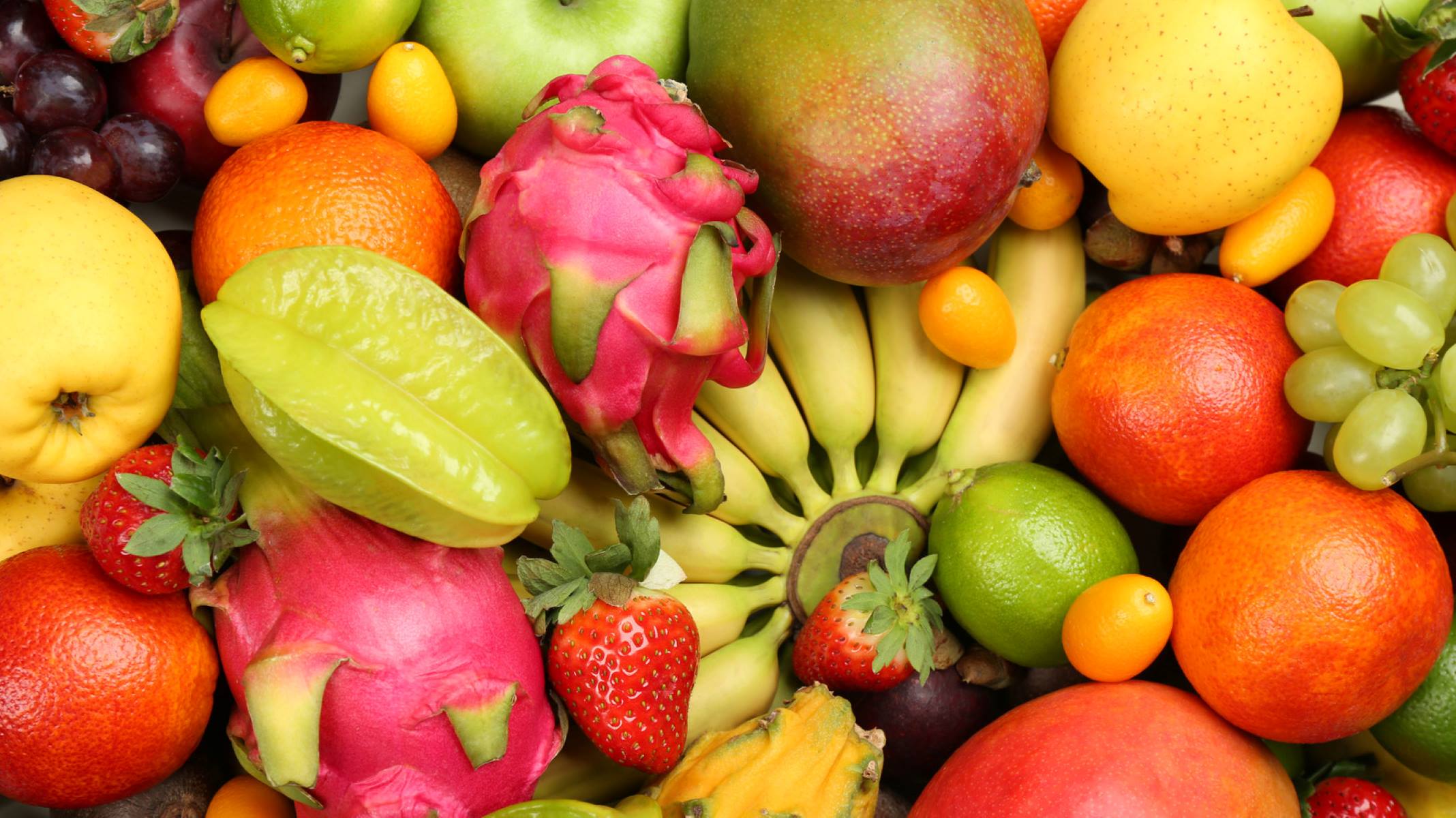
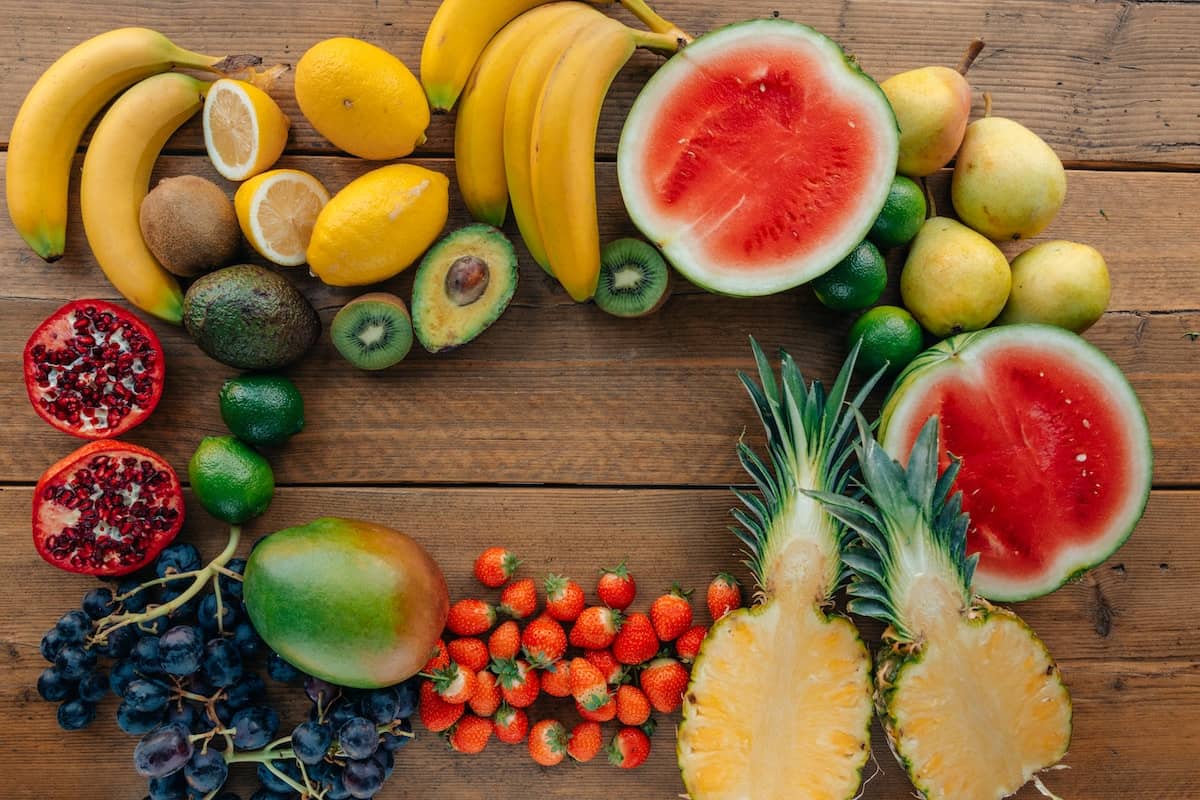
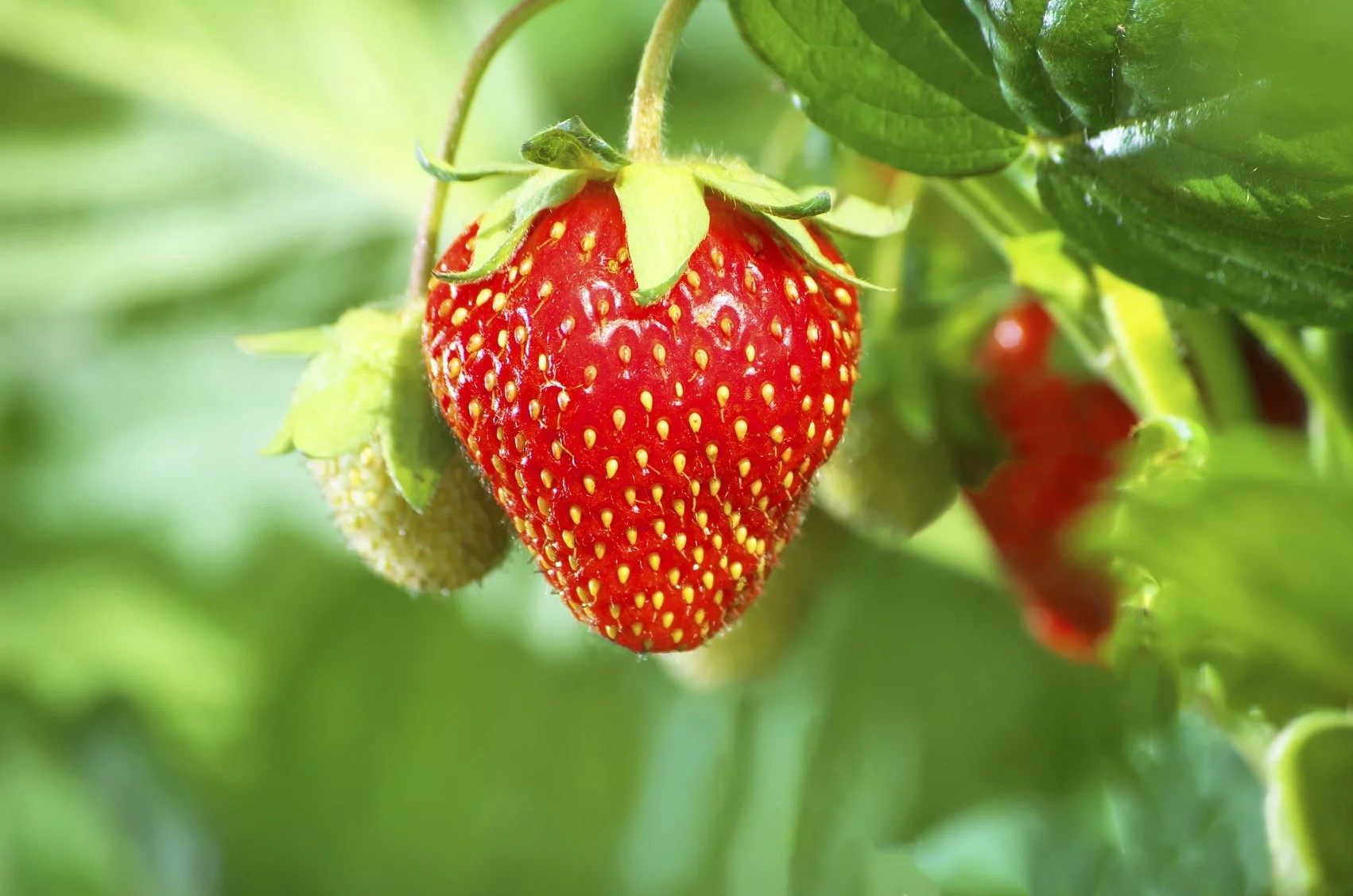
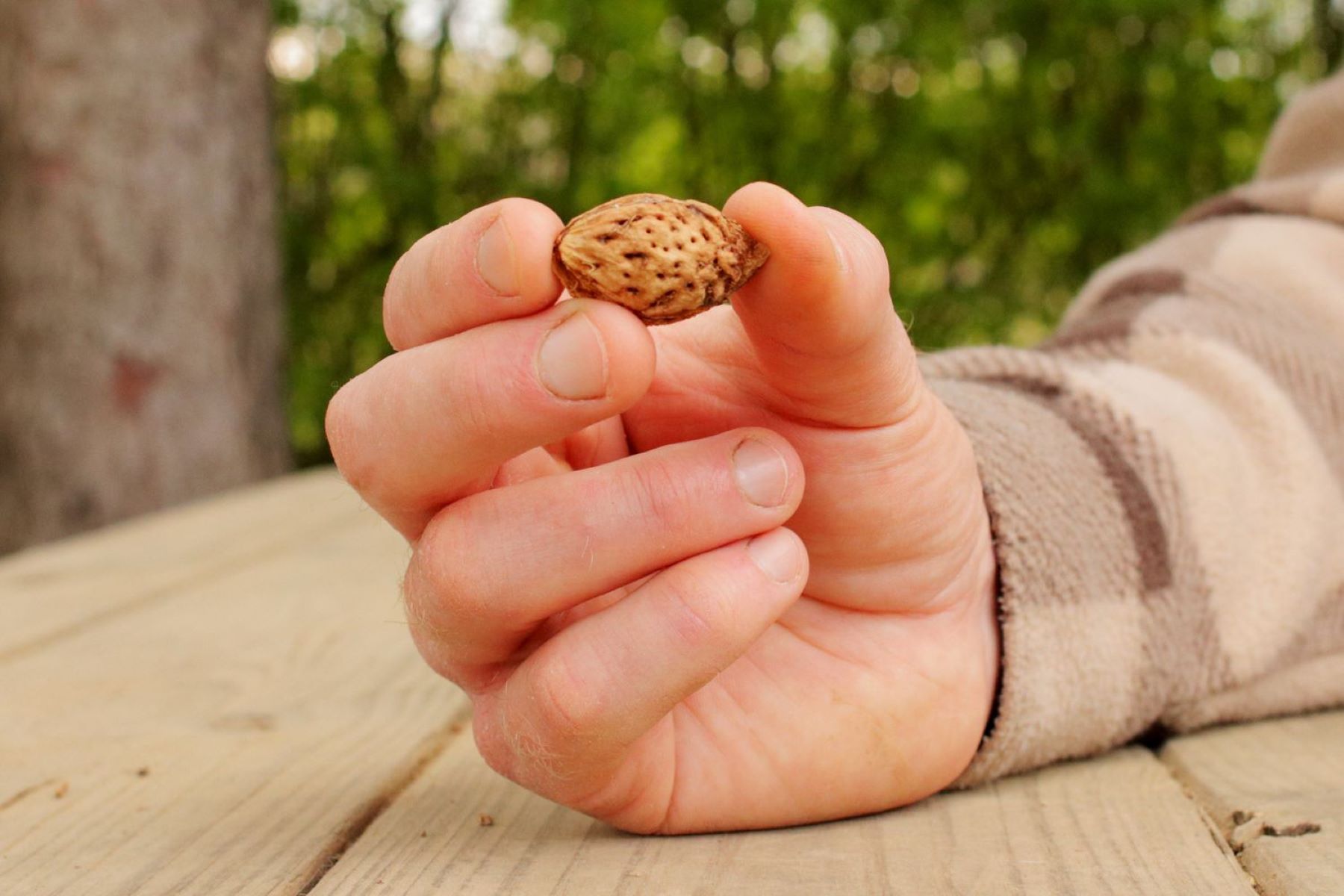
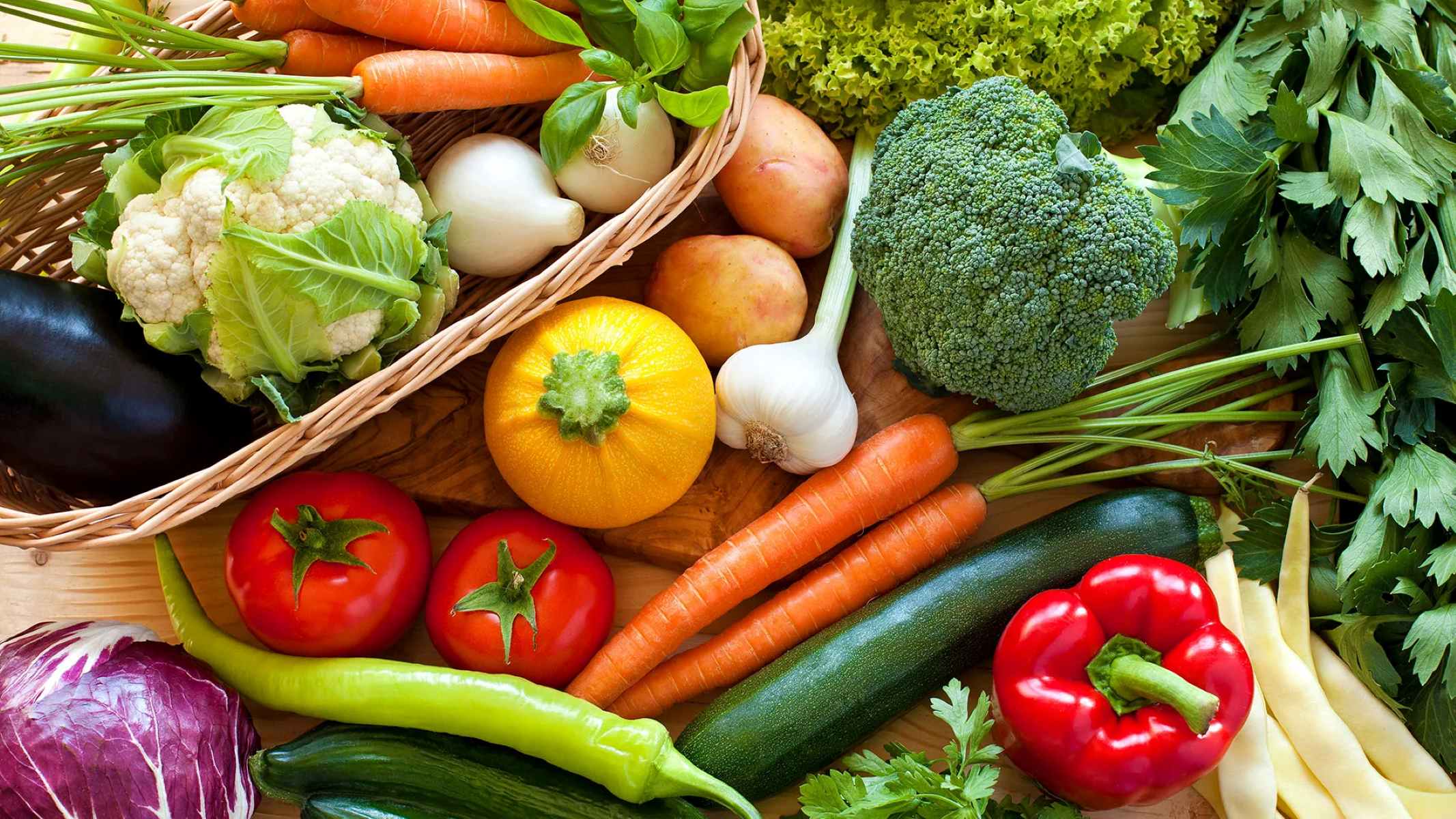
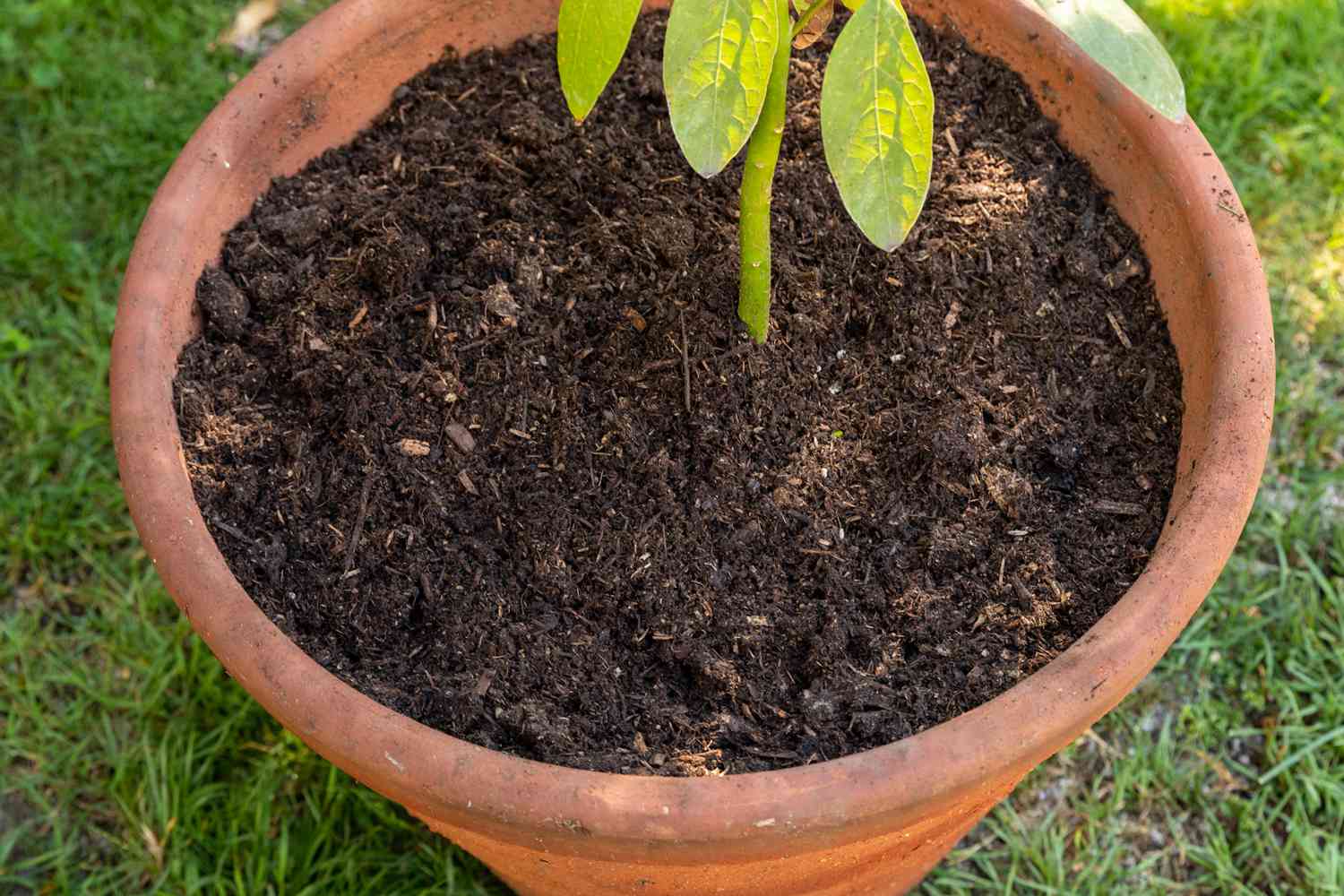
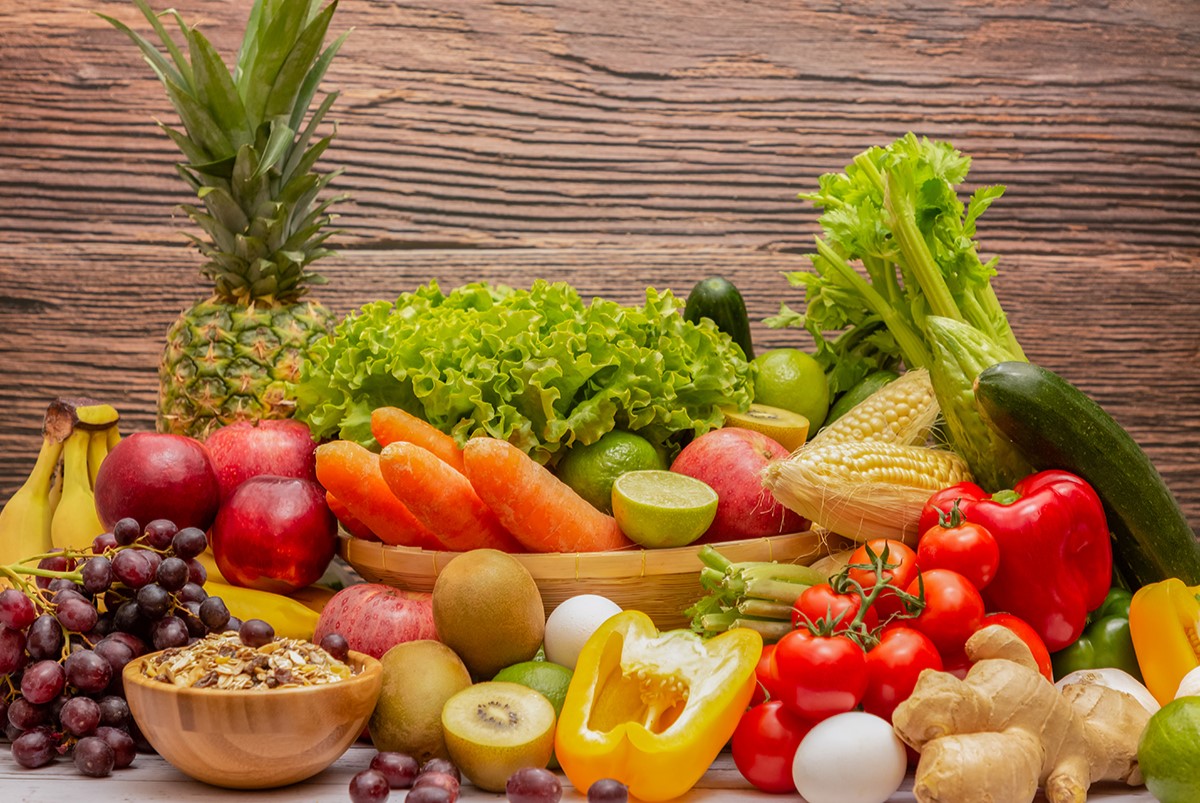
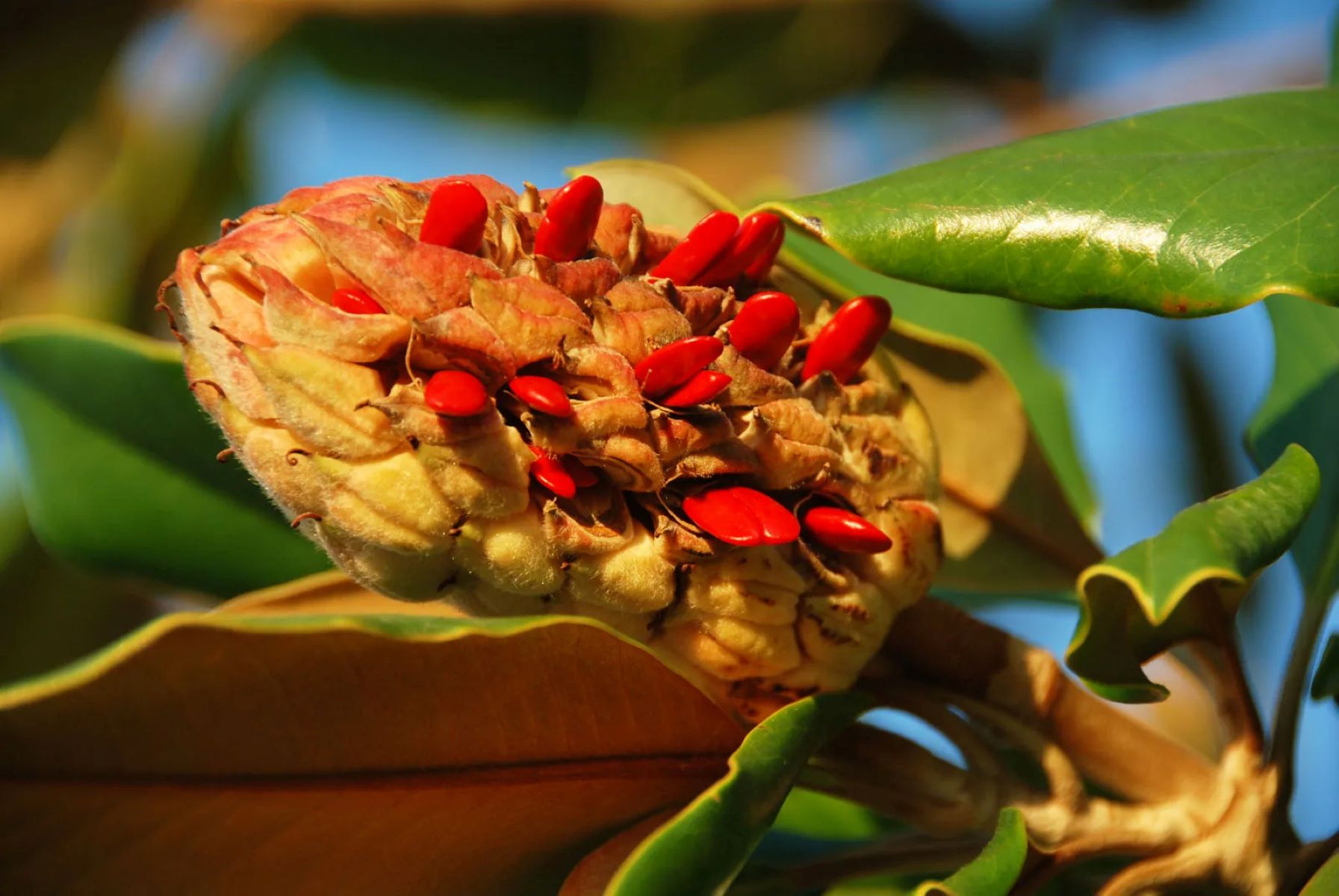
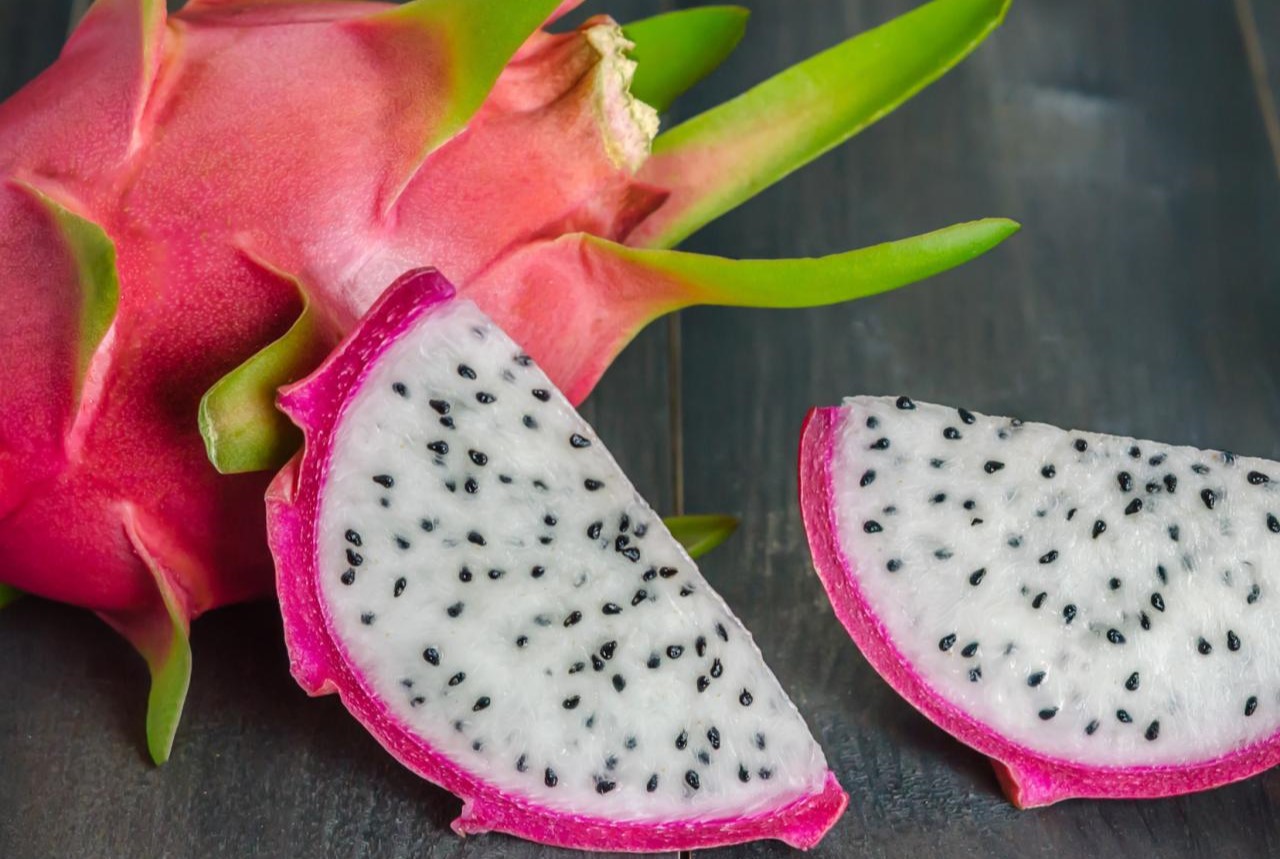
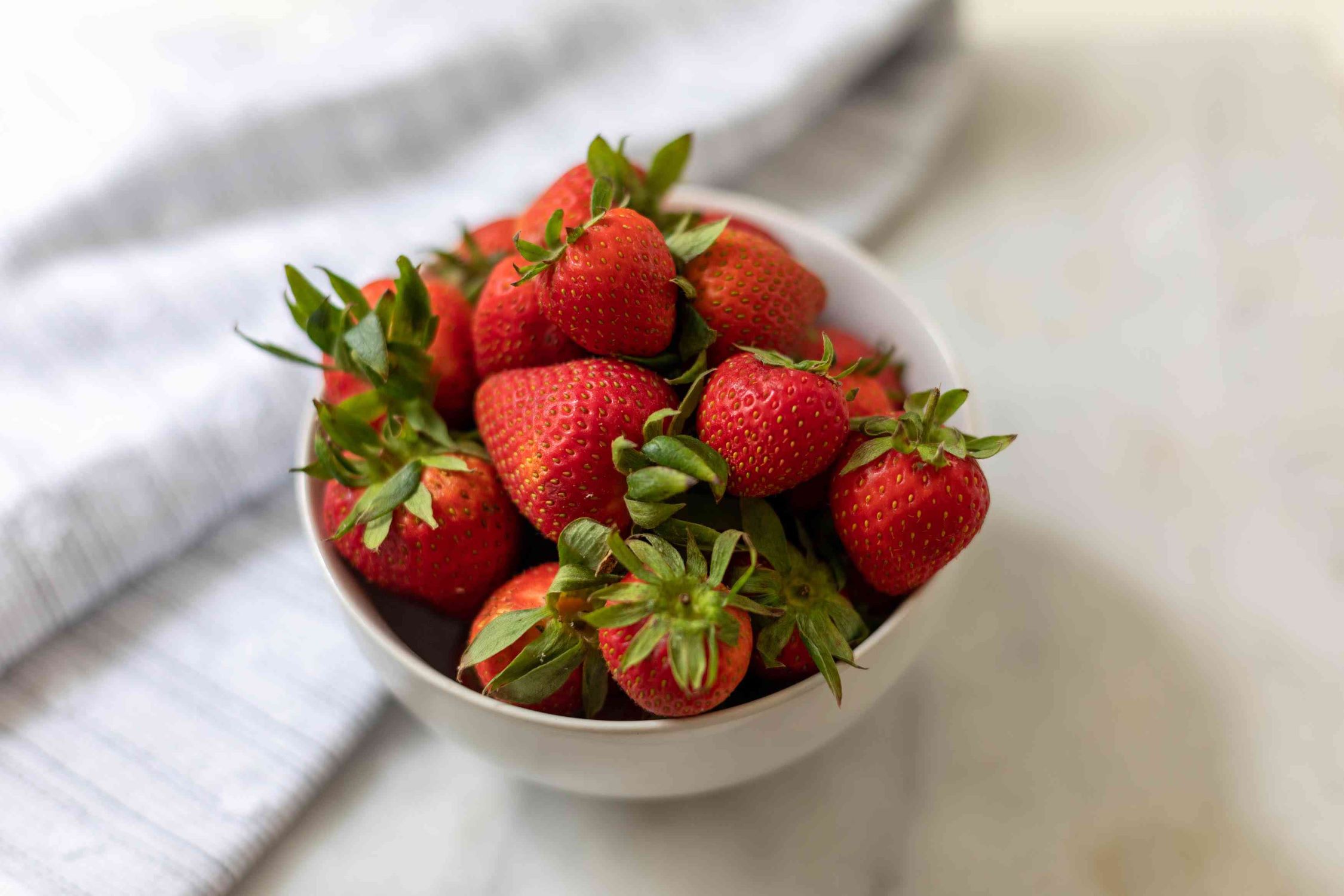

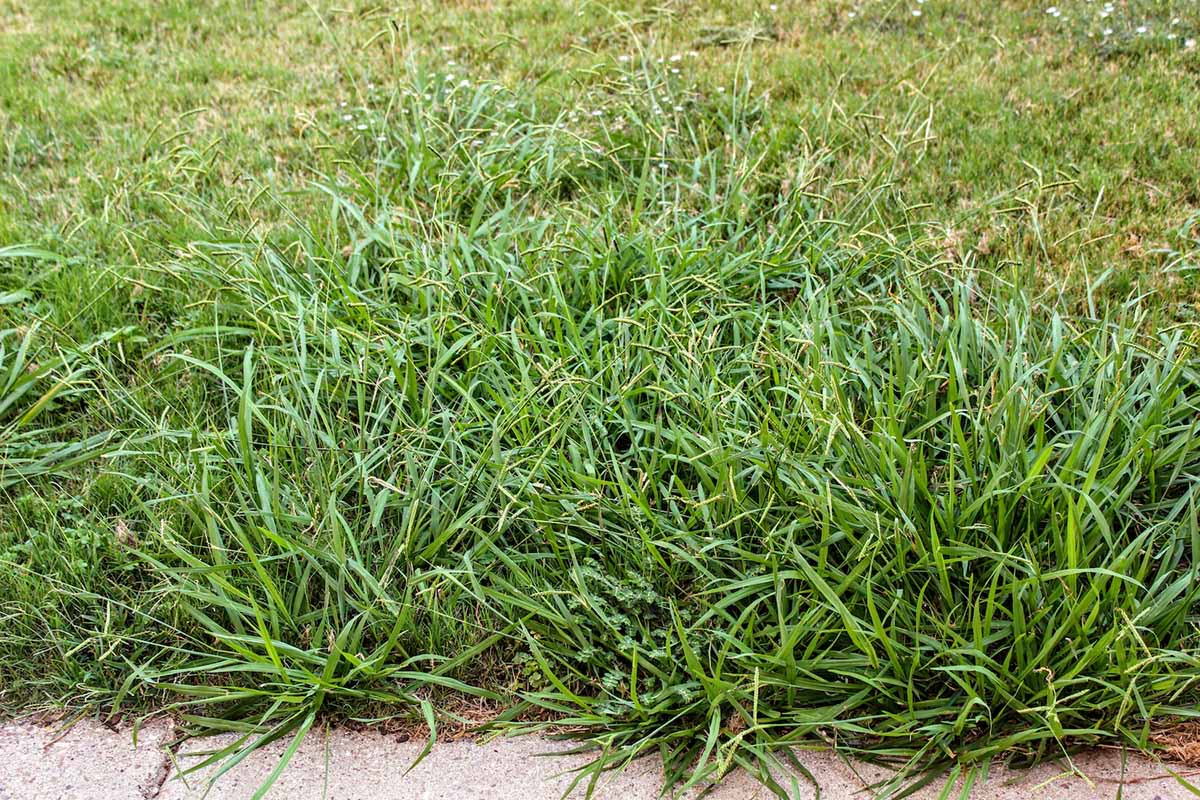
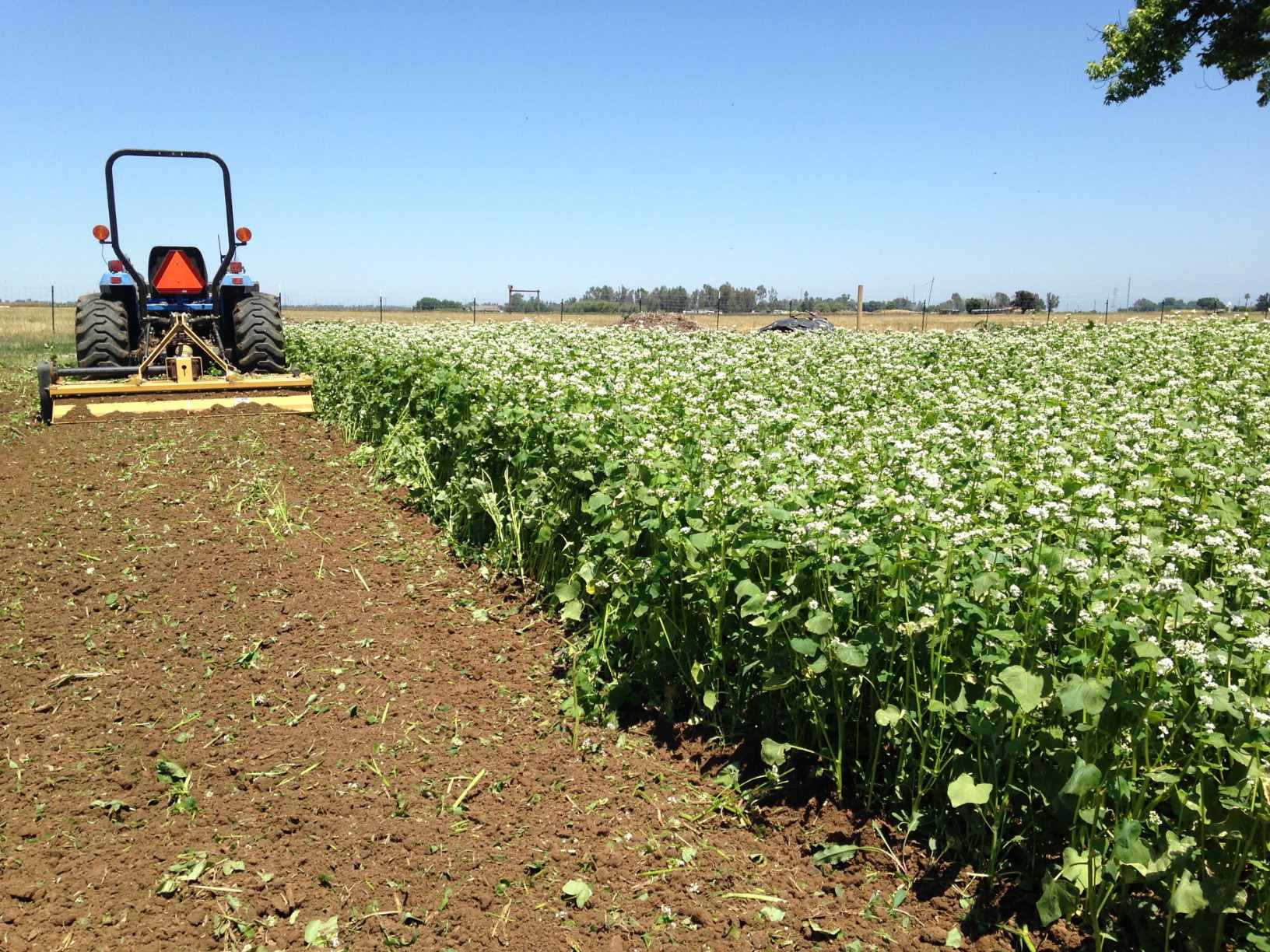

0 thoughts on “What Fruits Have Seeds On The Outside”